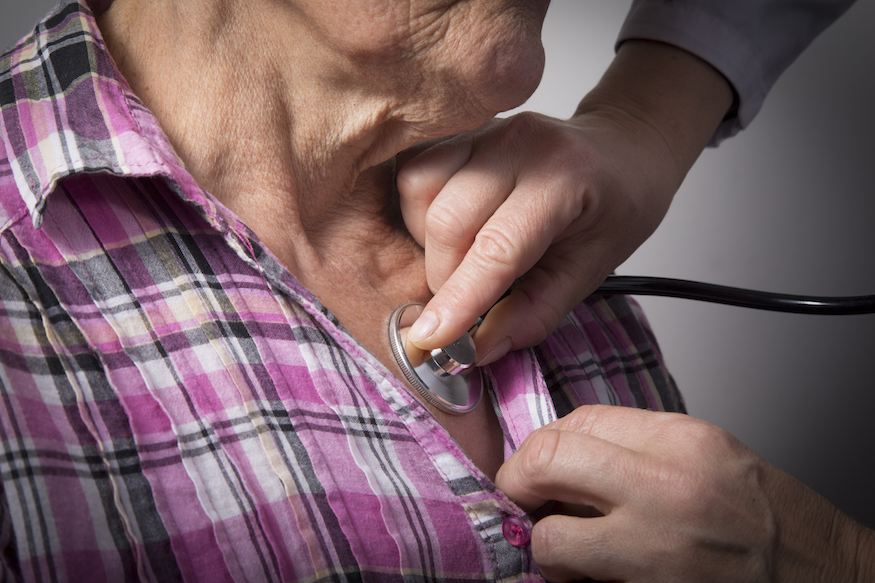
Throughout my high school years, the dean would typically end the morning announcements with the same reminder: to pursue “in all things, ladies and gentlemen, moderation.” But for young teenagers who smirked at any suggestions of restraint, his message was often lost in translation throughout the course of that very same day.
Sometimes we need constant reminders in order to shape our behavior for the better. Other times, we aren’t given the opportunity of a second chance to make those necessary changes. If you or a loved one is currently living with cardiovascular disease, now is the time to make the lifestyle changes needed to prolong life. These helpful tips offer a comprehensive, health-conscious strategy for managing cardiovascular disease.
Quit Smoking
One of the most important steps anyone can take towards managing cardiovascular disease is to quit smoking. While quitting cold turkey does not technically follow a trend of moderation, there is no “moderately healthy” amount of smoking.
Smoking is extremely harsh on our hearts and blood vessels by giving way to increased blood pressure and depleted oxygen levels. In just 20 minutes after that last drag, blood pressure levels and pulse rates begin dropping. After a full year of quitting, a person’s chance of a heart attack diminishes by half. Reducing the risks associated with CVD begins with putting out that last cigarette, for good.
Healthy Eating
Besides kicking unhealthy habits like smoking, living with CVD also requires extra dietary monitoring. Limit consumption of unhealthy, solid fats and cut down on foods that are high in cholesterol. Even without the threat of disease, everyone should be trying to include a moderate amount of protein by consuming lean meats, poultry, fish, low-fat dairy and eggs.
Remove that saltshaker from the table come dinnertime. Diets high in sodium can lead to increases in blood pressure that can further complicate symptoms of CVD. Substitute plain fruits and vegetables into your shopping list for items that are high in sodium, like instant dinners.
One of the greatest challenges is pairing a nutritious diet with regular exercise. Although a person’s ability to perform certain activities may lower with age, the importance of exercise does not. Older adults, who are at the greatest risk of heart disease, must engage in regular physical activity to enjoy lower, safer blood pressure and cholesterol levels.
Regardless of age, enjoying a comfortable level of control over CVD cannot happen before having a conversation with your doctor. Active monitoring, a dietary adjustment, and extra emphasis on exercise are essential for seniors looking to enjoy a greater level of control over their CVD.
Article Sources:
- National Institute of Health – Living with Coronary Heart Disease
- National Institute of Health – Your Guide to Living Well with Heart Disease





No comment yet, add your voice below!